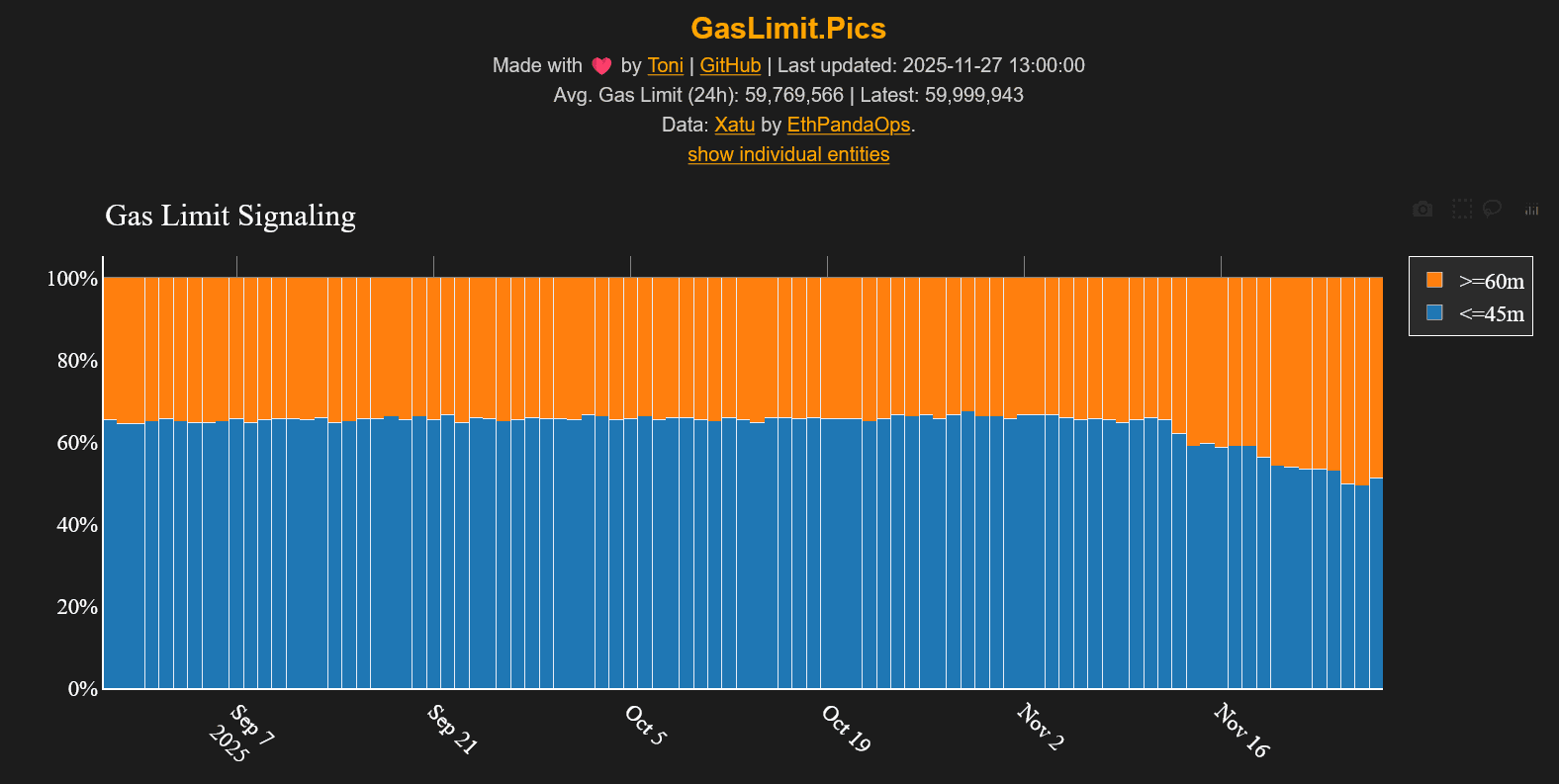Struggling to sleep? You’re not alone – How Bitcoin’s recent price crash is affecting other traders IRL
Bitcoin’s recent slide below $80,000 has triggered a wave of sleep disruption across the retail trading community, according to a new report from CEX.io.
The flagship digital asset has since rebounded to about $88,000, but the roughly 31% drawdown from its recent peak left many investors monitoring prices through the night.
This behavior has moved beyond simple anxiety, as nearly 70% of surveyed traders attribute execution errors and “bad trades” directly to sleep deprivation, creating a scenario where physical fatigue is compounding portfolio losses.
Late-night monitoring
CEX.io’s survey points to a striking shift in behavior: 68% of respondents say they check prices after going to bed almost every night or every night, while only 8% say they never do.
This pattern highlights how market swings increasingly influence daily routines and nighttime habits.
Moreover, the data suggests that sleep loss is becoming normalized in crypto trading.
According to the report, more than half of the surveyed participants said they have stayed awake until at least 2 A.M. because of market moves, and another 33% said they remain awake until 4 A.M. or later. In total, 81% reported losing sleep while waiting for a favorable setup or a key event.
Meanwhile, the psychological drivers of this behavior indicate a market increasingly driven by emotion rather than technical analysis.
The primary culprit for sleeplessness is not fear of liquidation, but the Fear of Missing Out (FOMO), cited by 59% of respondents.
This aligns with findings that sleep quality is inextricably linked to market direction: 64% sleep better in bull markets, compared to just 10% in bear markets.
BTC’s Nighttime volatility
CEX.io argued that this insomnia is not merely a reaction to price, but to a shift in the timing of volatility.
The firm, citing Blockworks Research data, noted that the most violent price swings have shifted to the overnight window.
The data shows the highest realized volatility clustering between 18:00 and 06:00 UTC. This timeline coincides with a thinning of institutional order books as US liquidity providers go offline.
So, with reduced market depth during the Asian-Pacific crossover, relatively smaller order flows are triggering outsized moves.
For retail traders in EMEA time zones, this volatility window overlaps directly with rest periods, forcing a binary choice between sleep and active risk management.
The post Struggling to sleep? You’re not alone – How Bitcoin’s recent price crash is affecting other traders IRL appeared first on CryptoSlate.
Disclaimer: The content of this article solely reflects the author's opinion and does not represent the platform in any capacity. This article is not intended to serve as a reference for making investment decisions.
You may also like
Fluence-TON Agreement Eliminates "Cost Barrier" for Blockchain Entrepreneurs
- Fluence Energy joins TON's Grant Program to offer blockchain/AI developers high-performance compute credits, slashing infrastructure costs by up to 85% via AMD Zen5 and NVIDIA GPUs. - The initiative supports three credit tiers ($2k–$10k) with 6–12 month validity, targeting early-stage projects while Fluence reports $2.3B FY2025 revenue and 50% 2026 growth forecast. - Leveraging Fluence's enterprise-grade global infrastructure, the partnership optimizes compute-intensive tasks like TON node operations and

Top 5 Altcoins to Buy in December 2025
ETH Gas Limit Jumps to 60M and the Timing Is Wild

Animoca Receives ADGM Authorization, Opening a Regulated Avenue for Institutional Web3 Investments
- Animoca Brands secures in-principle approval from ADGM to operate as a regulated fund manager, advancing its institutional Web3 investment strategy in the Middle East. - The conditional approval enables compliance-focused expansion, aligning with UAE's blockchain innovation goals and institutional-grade investment pathways in gaming, NFTs, and tokenized assets. - With stakes in 600+ Web3 ventures, Animoca plans to integrate its ecosystem into regulated structures, complementing its $1B valuation target v

